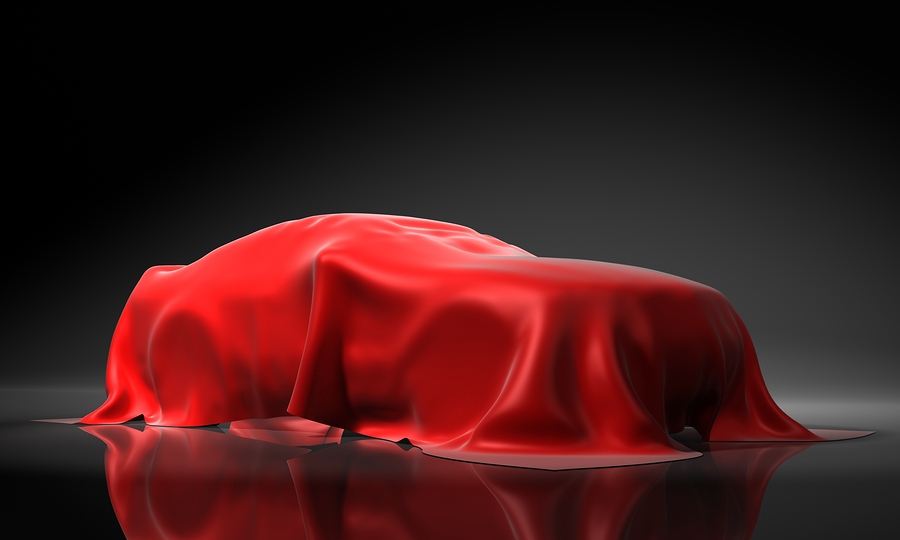
Elisanth
When an image you’ve submitted to Bigstock is declined, it
doesn’t mean we didn’t like it. It just means that there was a reason
we couldn’t included it in our collection.
Although we always aim to inform our
contributors of issues during the review process, we have provided some re-direction to six typical myths and mantras (below) to help you get your images approved. Good luck.

Leonid Tit
Myth #1: I CAN’T WAIT FOR MY VACATION! I’LL HAVE SOME AMAZING PHOTOS TO SHARE!
Have a great time, and be sure to take the time to set up those traveling shots. Details of a building? Get close. Cool street scene? Beware of logos and people that will require Model Releases. A beautiful
landscape? Focus on an object that is close to you in the scene, like a
fence, tree, or rock, and let the landscape be your backdrop.

Maridav
Myth #2. SMARTPHONES ARE AWESOME! I CAN TAKE PHOTOS ANYWHERE!
Yes,
you certainly can. Remember though, that smartphones and pocket point-and-shoot cameras are not as
technically advanced as DSLR cameras (yet). Smartphones typically do not produce images
with the same great technical quality that our customers need. The result will be
visible, unwanted artifacts that will negatively affect your images. Artifacts degrade the
technical quality of the pixels that make up your image. Types of artifacts include: noise, grain, chromatic aberration, and colored fringing.

Myth #3. I ALWAYS INSPECT MY IMAGES AT 100% … OF MY COMPUTER SCREEN.
Before
you submit your images, be sure to view each file at 100% of the file
size, not the ‘Full Screen’ mode on your computer. This way, you can see
the fine details of the image, ensure there is good focus, and
review any of those pesky artifact issues.

Palto
Myth #4. IMAGES OF BRAND NAME PRODUCTS WILL SELL LIKE HOTCAKES!
Yes
they will … if you’ve been hired by that particular company to produce images for them. The
design of electronics and automobiles, logos or patterns on apparel, and
even the shape of modern buildings are all potentially risky subjects
to include in your images, and are targets to be declined. Commercial
images sell well when they convey a universal concept or theme using
generic props or backgrounds.

coka
Myth #5. I CAME. I SAW. I SNAPPED.
Successful
commercial photos are usually created when the photographer takes the extra time to capture them. The photographer must always ensure that everything in the image is supposed to
be there, and that the main focus of the image is clearly visible. Photographers should confirm that the lighting on a subject is good and balanced, and that the
best possible view or angle was considered.

Myth #6. MY FRIENDS LOVE MY PHOTOS, SO I’M GOING TO UPLOAD ALL OF THEM.
Waaaaaaaaait! Save yourself some time by first assessing the images you think are the best. Base your assessment on technical
quality and commercial viability, first. Make sure your selections are
noticeably different in some way and convey a strong message that
customers can use for their projects. Note: a horizontal shot is
different than a vertical shot so you can upload both even if they look
the same!
We hope these tips help illustrate what our reviewers look for to ensure that our collection, and your images that help make up our collection, truly shine. Have a great day.
